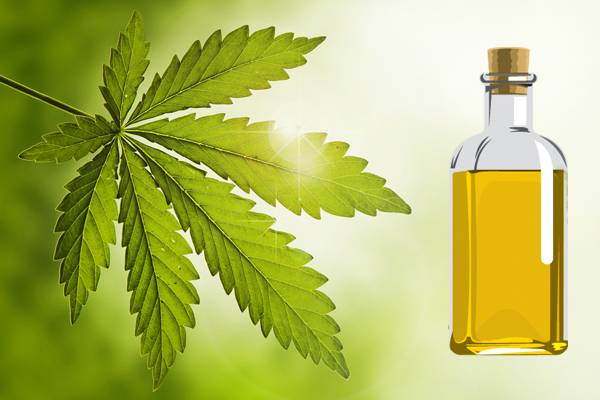
NEEM OIL
Neem oil is a vegetable oil pressed from the fruits and seeds of the neem (Azadirachta indica), an evergreen tree which is endemic to the Indian subcontinent and has been introduced to many other areas in the tropics. It is the most important of the commercially available products of neem for organic farming and medicines.
Neem oil varies in color; it can be golden yellow, yellowish brown, reddish brown, dark brown, greenish brown, or bright red. It has a rather strong odor that is said to combine the odours of peanut and garlic. It is composed mainly of triglycerides and contains many triterpenoid compounds, which are responsible for the bitter taste. It is hydrophobic in nature; in order to emulsify it in water for application purposes, it is formulated with surfactants.
Neem oil method
The method of processing is likely to affect the composition of the oil, since the methods used, such as pressing (expelling) or solvent extraction are unlikely to remove exactly the same mix of components in the same proportions. The neem oil yield that can be obtained from neem seed kernels also varies widely in literature from 25% to 45%.
The oil can be obtained through pressing (crushing) of the seed kernel both through cold pressing or through a process incorporating temperature controls 40 to 50 °C. Neem seed oil can also be obtained by solvent extraction of the neem seed, fruit, oil, cake or kernel. A large industry in India extracts the oil remaining in the seed cake using hexane. This solvent-extracted oil is of a lower quality as compared to the cold pressed oil and is mostly used for soap manufacturing. Neem cake is a by-product obtained in the solvent extraction process for neem oil.
Uses
Neem oil is not used for cooking purposes. In India, it is used for preparing cosmetics (soap, hair products, body hygiene creams, hand creams) and in Ayurvedic, Unani and folklore traditional medicine, in the treatment of a wide range of afflictions. The most frequently reported indications in ancient Ayurvedic writings are skin diseases, inflammations and fevers, and more recently rheumatic disorders.
Traditional Ayurvedic uses of neem include the treatment of acne, fever, leprosy, malaria, ophthalmia and tuberculosis. Various folk remedies for neem include use as an anthelmintic, antifeedant, antiseptic, diuretic, emmenagogue, contraceptive, febrifuge, parasiticide, pediculocide and insecticide. It has been used in traditional medicine for the treatment of tetanus, urticaria, eczema, scrofula and erysipelas. Traditional routes of administration of neem extracts included oral, vaginal and topical use. Neem oil has an extensive history of human use in India and surrounding regions for a variety of therapeutic purposes. Puri (1999) has given an account of traditional uses and therapeutic indications and pharmacological studies of this oil, in his book on neem.
Neem seed oil has also been found to prevent implantation and may even have an abortifacient effect similar to pennyroyal, juniper berries, wild ginger, myrrh and angelica. The effects were seen as many as ten days after fertilization in rats though it was most effective at no more than three days. (Sinha, et al., 1984); (Lal et al., 1985). In a study on rats, neem oil was given orally eight to ten days after implantation of the fetus on the uterine wall. In all cases, by day 15, the embryos were all completely resorbed by the body. The animals regained fertility on the next cycle showing no physical problems. Detailed study of the rats revealed increased levels of gamma interferon in the uterus. The neem oil enhanced the local immune response in the uterus.(Mukherjee, 1996) Post coital use of neem oil as birth control does not appear to work by hormonal changes but produces changes in the organs that make pregnancy no longer viable (Tewari, 1989) (Bardham, 1991).

